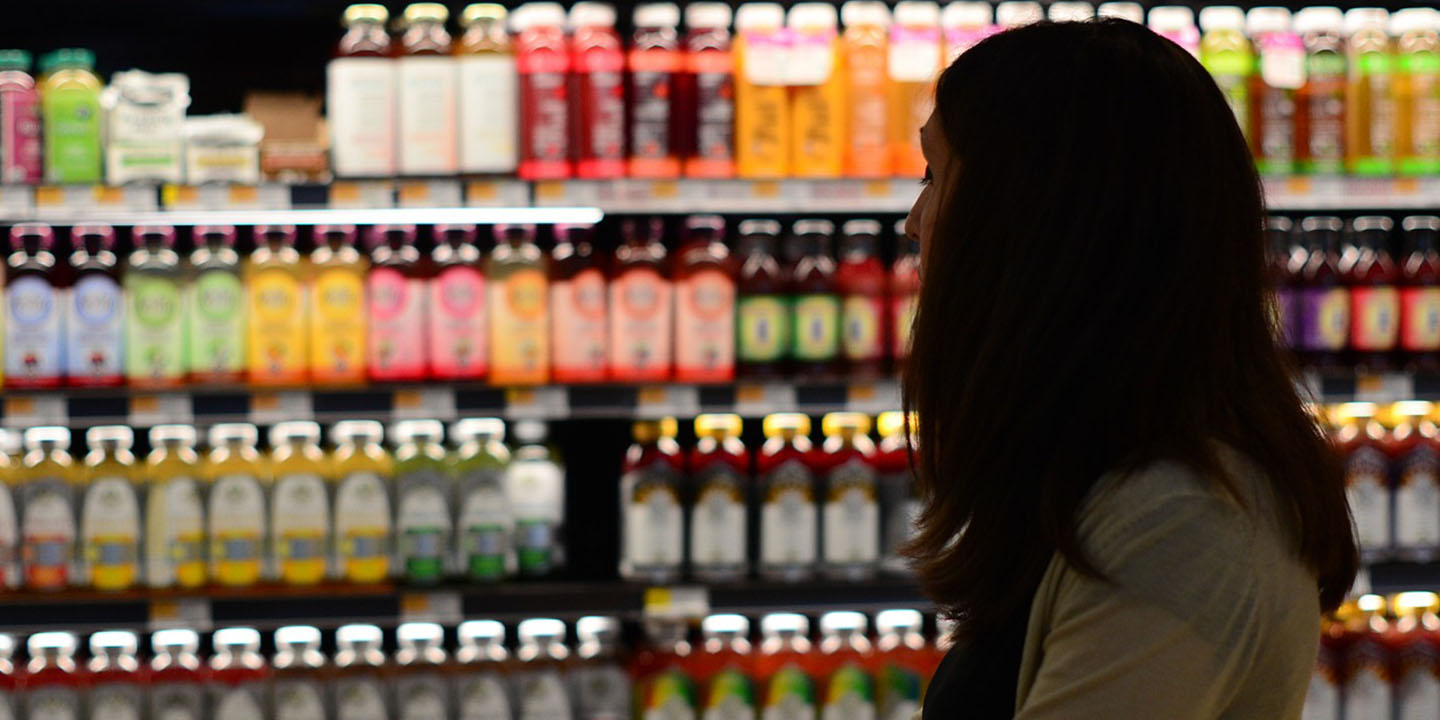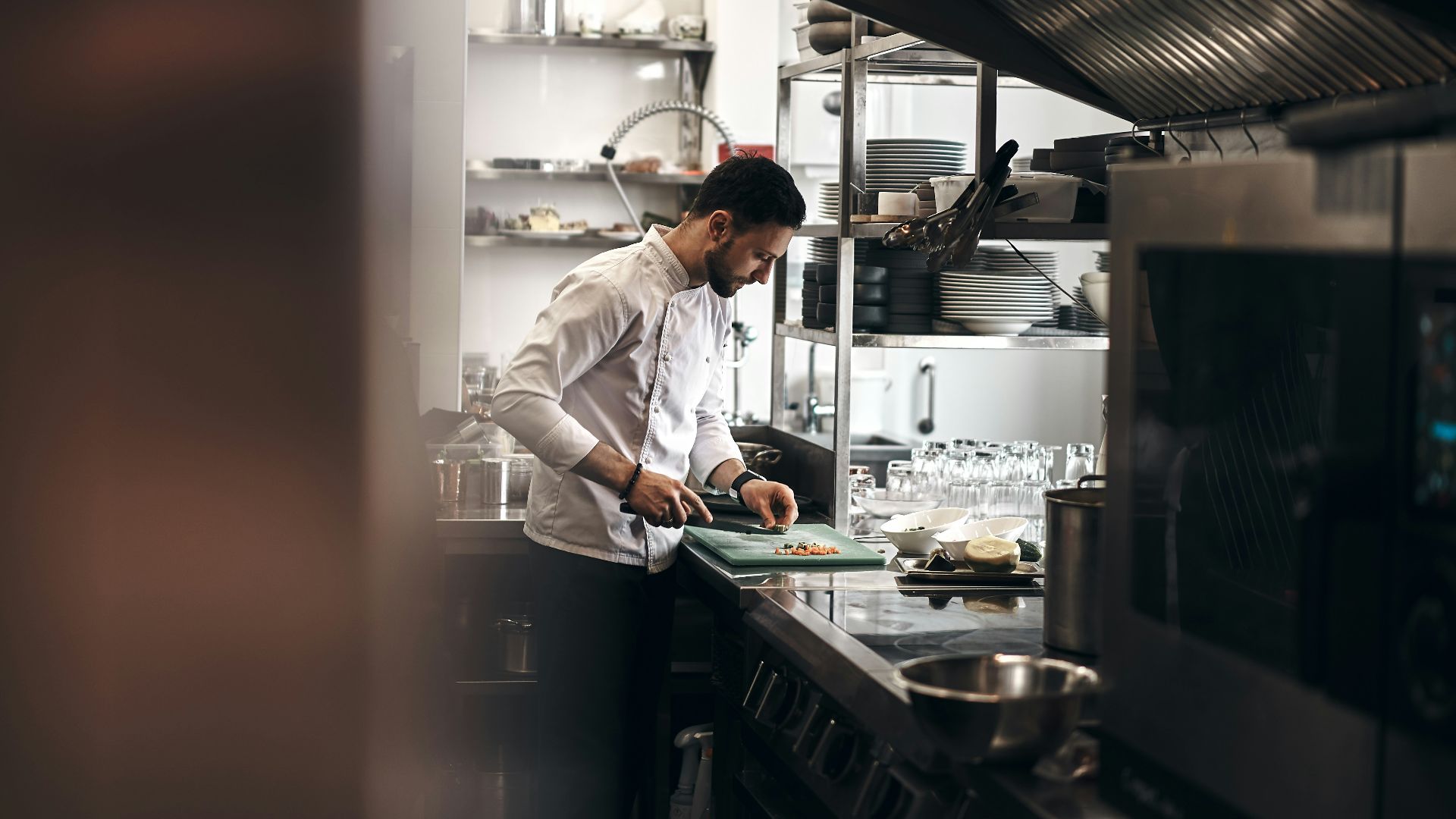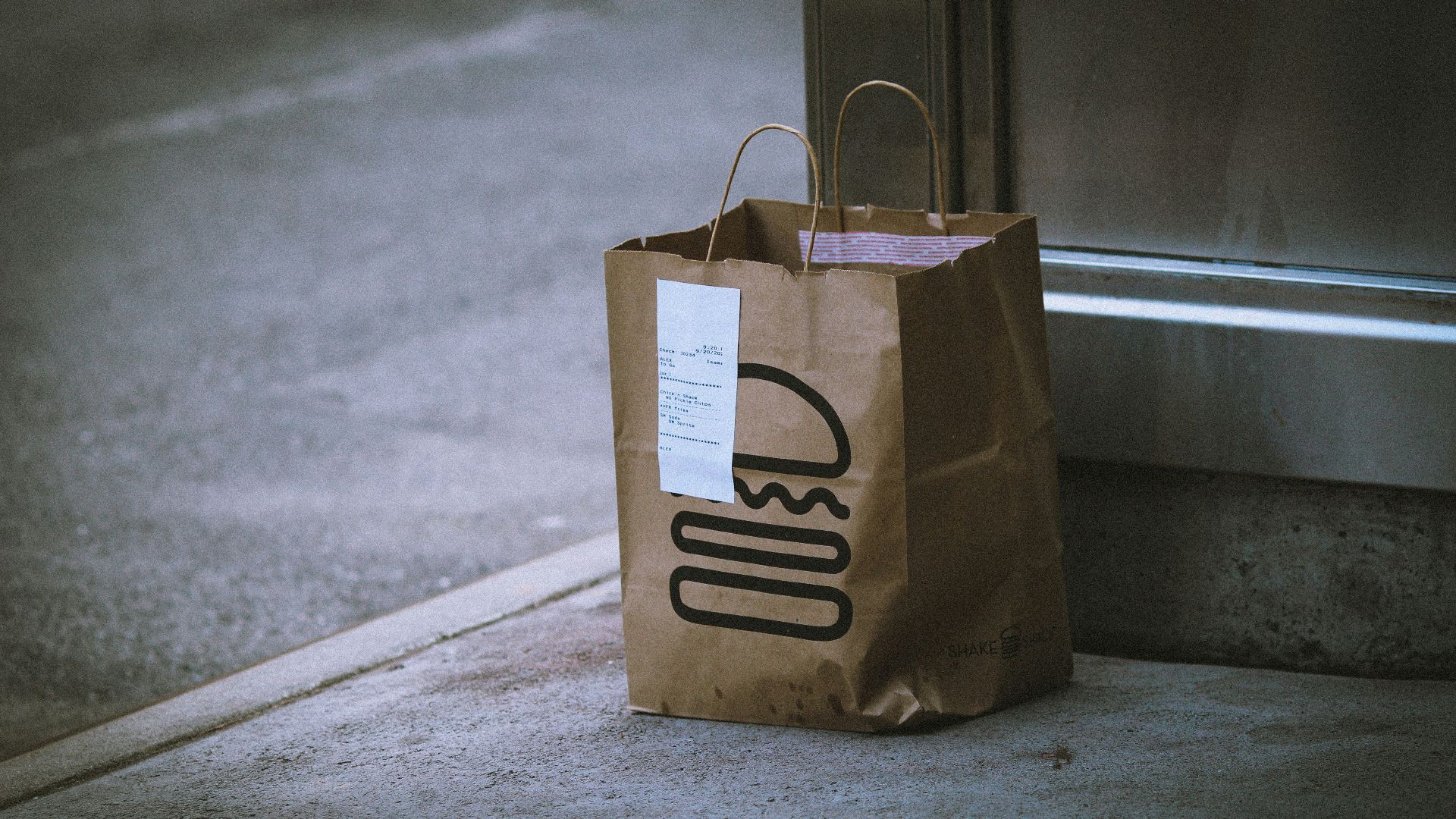Ghost Kitchens Seemed Like A Good Idea For Restaurant Owners, But It Actually Backfired
Ghost Kitchens Seemed Like A Good Idea For Restaurant Owners, But It Actually Backfired
The pandemic was a tough time for restaurants. Heavily dependent on in-person experiences, the industry was one of the sectors that suffered the most as a result of COVID-19. Nearly 100,000 restaurants had to close their doors within the first six months of the pandemic, the National Restaurant Association estimated.
With dining out no longer an option in most cities, restaurants had to get creative. They chaotically pivoted to operating bare-bones setups. Without décor, servers, and only minimal kitchen staff, ghost kitchens seemed like the perfect solution for staying afloat.
What are ghost kitchens?
The lockdown made it impossible to eat out, but people still craved restaurant-quality meals. As a result, customer spending on food delivery rose 70 percent during the pandemic. Ghost kitchens eliminated the physical dining space, saving money on rent, utilities, staff, and décor while focusing exclusively on delivery orders. This wasn't a new concept—ghost kitchens had been around for years, but they boomed during the pandemic. They seemed like a cheaper way for companies to grow their businesses, and for larger restaurant chains to test out new menu concepts. Small businesses and restaurant giants alike were hopping on the ghost kitchen bandwagon. In 2021, Wendy's announced plans to open 700 ghost kitchen locations in partnership with a startup called Reef Technology, Applebee's opened a chicken wing ghost kitchen concept, and the American retail giant, Kroger, opened United Kitchens, which was a hub where multiple restaurants operated under one roof. This meant the burger you ordered one day was actually being prepared in the same space as the sushi you ordered the next.
What happened to ghost kitchens?
It was estimated that ghost kitchens would make up 20 percent of the restaurant industry by 2025. However, as it turns out, this was a gross misunderstanding of customer tastes. Current trends show that ghost kitchens were just a passing fad out of pandemic necessity. Restaurant sales in 2023 reached record-high numbers, indicating that customers in the post-pandemic age want to dine out more than ever before. What's more, people want to know where their food is being made. Upon learning that the restaurant they ordered from was actually owned by a big brand, many customers reported feeling deceived. Customers didn't like the air of mystery surrounding where their food was coming from.
The other problem with ghost kitchens was the perceived quality of the food coming out of them. Delivery was outsourced to third parties, and when the food had to travel, quality suffered. Because ghost kitchens operated anonymously, there was no way to call the restaurant, so bad reviews mounted in. Uber Eats even removed thousands of virtual restaurants because they didn't meet quality standards. The delivery companies that ghost kitchens rely on also charge fees up to 30 percent, proving to be an unsustainable business model.
Applebee's closed its ghost kitchen concept, Wendy's abandoned its plans, and United Kitchens is no longer. Restaurants aren't just about food: they're about experience, connection, and community. Ghost kitchens may have provided a band-aid solution for keeping restaurants afloat when in-person dining wasn't an option, but in the process, they lost what makes dining meaningful in the first place.
KEEP ON READING

The 5 Most Consumed Foods in the Entire World








